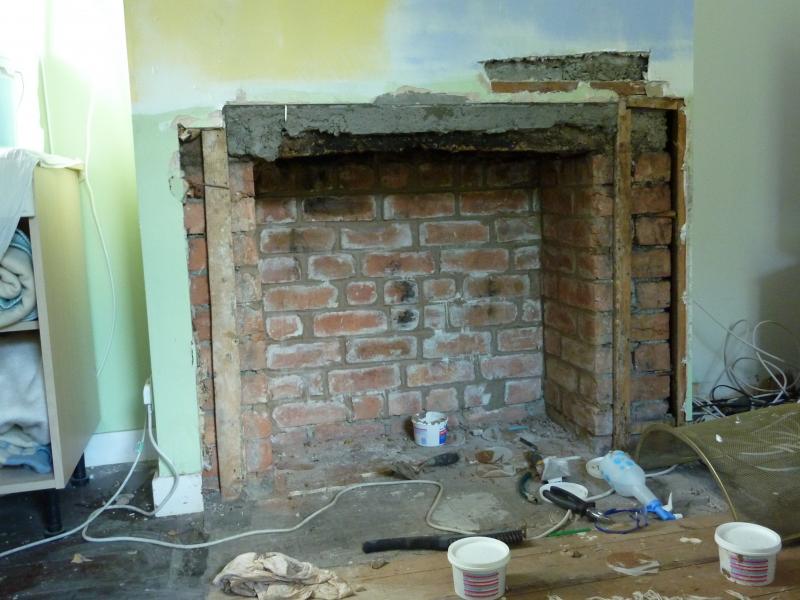I've been reading through the many posts on the forum to try and figure out how to finish around the fireplace. What I am doing is re-pointing the original chimney brickwork in the recess and plastering the wall around the chimney. I've read Gypsum plaster is not as option, and VITCAS has been mentioned as an option. My questions are:
1:If I were to only use the VITCAS to 800mm above the fire (to save money) the how would I tie in normal gypsum plater as the VITCAS website says it forms a non porus surface and so can't be skimmed?
2: How would you finish the corner around the fireplace opening (between the wall and the fireplace recess) if you are keeping the internal bricks? Put up some formwork and plaster up to it to get a clean edge?
3. If I use fireboard, how can I tidy up the edges at the corners of the recess (as above)
4. This VITCAS stuff if quite expensive, any cheaper options?
Cheers!
1:If I were to only use the VITCAS to 800mm above the fire (to save money) the how would I tie in normal gypsum plater as the VITCAS website says it forms a non porus surface and so can't be skimmed?
2: How would you finish the corner around the fireplace opening (between the wall and the fireplace recess) if you are keeping the internal bricks? Put up some formwork and plaster up to it to get a clean edge?
3. If I use fireboard, how can I tidy up the edges at the corners of the recess (as above)
4. This VITCAS stuff if quite expensive, any cheaper options?
Cheers!



